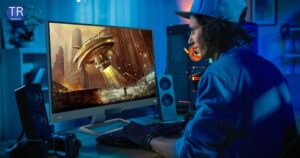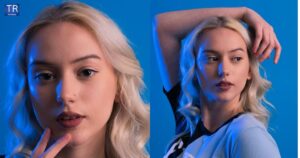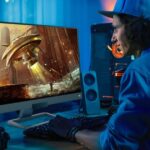The digital artwork internationally is changing quickly.Non fungible tokens (NFTs) are leading this revolution.NFTRandomize is at the forefront, creating specific digital belongings via randomization.
Understanding NFTRandomize
What is NFTRandomize?
NFTRandomize is a technique for developing particular virtual properties and the use of randomization strategies in the NFT framework.It employs algorithms and clever contracts to generate one-of a kind artistic endeavors and collectibles.This innovative approach provides an thrilling element of unpredictability, making virtual art more attractive for each artists and collectors.
Read Also: Durostech: A Comprehensive Guide To Technology Solutions
How NFTRandomize Works?
- set of rules improvement: developers create algorithms that define feasible attributes of digital property, like colorations and shapes.
- Randomization Mechanism: Algorithms use randomization strategies, inclusive of pseudo random number mills (PRNGs), to ensure uniqueness.
- clever contract Deployment: The algorithm is deployed on a blockchain through a clever agreement, automating the NFT era.
- Minting NFTs: users initiate minting, triggering the smart agreement to create a unique digital asset, that is then minted as an NFT.
- precise virtual assets: every NFT produced is one of a kind, improving its price and appeal.
- automatic collection introduction: it allows for big collections to be created automatically without guide effort.
- Engagement and exhilaration: The randomness in NFTRandomize attracts creditors, as they enjoy the fun of obtaining unique pieces.
This streamlined evaluation highlights the truthful yet progressive method in the back of it, showcasing the way it revolutionizes the creation and ownership of virtual art and collectibles.
Read Also: Flashata: A Comprehensive Guide To The Innovative Technology
Benefits of NFTRandomize
- strong point: each NFT is one of a type, enhancing its fee.
- Creativity: Artists can test with diverse attributes and styles.
- Engagement: collectors revel in the joys of obtaining unique portions.
- Scalability: automatic techniques allow for massive collections without manual attempt.
- Accessibility: Artists without formal training can create compelling artistic endeavors.
- marketplace call for: specific NFTs pressure pleasure and hobby amongst creditors.
- economic possibilities: successful tasks can generate sales via income and royalties.
The Evolution of NFTRandomize in Digital Art
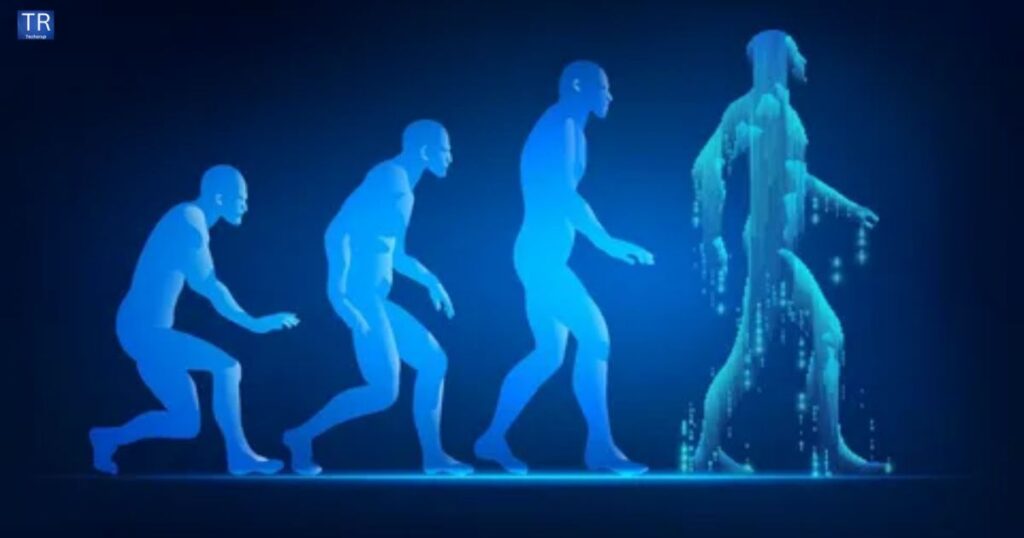
Early Experiments with Randomization
The concept of randomization in virtual art predates NFTs.Early digital artists and programmers explored generative artwork, the use of algorithms to create random or semi random visuals.These early experiments laid the groundwork for the more state of the art techniques visible in it these days.
The Role of Blockchain Technology
Blockchain generation has been instrumental in bringing it to the leading edge. Blockchains like Ethereum have enabled artists to leverage randomization strategies inside an at ease and immutable framework.
By means of supplying a decentralized and transparent platform for developing and trading virtual property, blockchain technology has been a key enabler of it.
Pioneering Projects in NFTRandomize
- Numerous key initiatives spotlight the capability of NFTRandomize:
Art Blocks: A platform for generative artwork, artwork Blocks lets artists create algorithms that produce particular artworks for collectors to mint. - Hashmasks: presenting sixteen,384 precise digital snapshots, Hashmasks could influence unique attributes, including a private contact to the randomness.
Those pioneering projects have verified the energy of it and have paved the way for innovation and experimentation in this space.
The Technical Aspects of NFTRandomize
Randomization Algorithms
At the core of NFTRandomize are the algorithms used to generate specific assets.Those algorithms can vary from simple pseudo random quantity generators (PRNGs) to complicated, multi layered systems incorporating different factors and policies.
Pseudo Random Number Generators (PRNGs)
PRNGs are generally used in NFTRandomize to introduce randomness.Those algorithms generate sequences of numbers that approximate actual randomness.At the same time as no longer totally random, PRNGs are sufficient for most digital art and collectables applications.
Blockchain Based Randomness
A few tasks use blockchain based randomness sources to beautify the security and unpredictability of randomization.As an example, Chain Link VRF (Verifiable Random feature) offers cryptographically relaxed randomness that may be verified on chain, ensuring the integrity of the randomization system.
Smart Contracts and NFT Standards
Smart contracts are self executing agreements deployed on a blockchain that automate the NFTRandomize procedure.They incorporate the algorithms and guidelines for producing specific virtual property and manipulate the minting and switch of NFTs, ensuring a seamless and comfortable transaction method.
ERC-721 and ERC-1155 Standards
Key NFT requirements on Ethereum are ERC-721 and ERC-1155.ERC-721 defines precise tokens, making it perfect for one of a type properties created through NFTRandomize.In evaluation, ERC-1155 allows for each specific and fungible token, offering extra flexibility for projects that integrate special types of assets.
Metadata and Storage
Metadata is critical in it, as it describes the attributes and characteristics of every generated asset.This fact is often stored off chain to reduce blockchain garage fees, with a hash or hyperlink covered inside the NFT’s smart contract for verification purposes.This method guarantees that the info of every NFT remain reachable even as optimizing storage performance.
The Impact of NFTRandomize on the Art and Collectibles Market
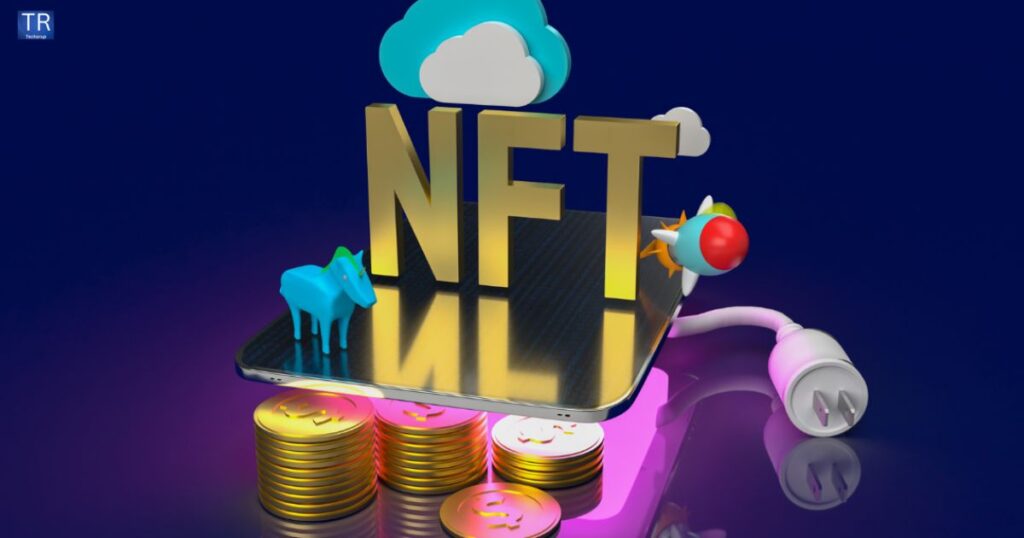
Democratizing Digital Art
NFTRandomize has opened the doorways for more artists to create digital art.It allows people without formal education to apply algorithms to supply precise artworks.This shift empowers a diverse range of creators and allows creditors from numerous backgrounds to participate inside the digital art market.
Enhancing Collectibility
The randomization technique in NFTRandomize boosts the collectibility of NFTs.Every unique asset generates pleasure and interest amongst creditors, driving demand.This elevated interest fosters a active secondary marketplace, where collectors actively exchange and are seeking for uncommon digital pieces.
Fostering Innovation
By blending technology with creativity, NFTRandomize encourages continuous innovation in digital art.Artists are constantly exploring new ways to leverage algorithms and randomness, pushing the boundaries of what digital art can be and creating unique, compelling works.
Economic Opportunities
It creates economic opportunities for artists and builders.Hit projects can generate great sales thru initial sales and secondary market royalties, supplying a sustainable profits move.This allows artists to continue creating and innovating, at the same time as builders can put money into similar advancements within the area.
Case Studies: Successful NFTRandomize Projects
Bored Ape Yacht Club
The Bored Ape Yacht club (BAYC) is a set of 10,000 precise, randomly generated caricature apes.Each ape has one of a kind developments, which includes garb, add ons and facial expressions.The venture has end up a cultural phenomenon, with excessive profile owners and big secondary marketplace interest.
Variable
Rarible is a decentralized market that lets in users to create, buy, and promote NFTs.It capabilities a pleasant interface for creating randomized NFTs, empowering artists to experiment with NFTRandomize without full size technical expertise.
Challenges and Considerations in NFTRandomize
Ensuring True Randomness
One principal challenge in NFTRandomize is achieving proper randomness. Pseudo random variety generators (PRNGs) are often used, however they can be predictable and manipulated. To enhance security, some projects utilize blockchain based randomness.
This approach offers a more dependable source of randomness, making sure the individuality of every NFT.Enforcing blockchain randomness can be greater complex.
Gas Fees and Scalability
Minting and buying and selling NFTs on networks like Ethereum can result in high fuel prices. These charges make developing and shifting randomized belongings highly priced, which could deter artists and collectors.
To address this difficulty, answers such as layer two scaling are being explored. alternative blockchains, like Polygon and Finance clever Chain, also provide decreased fees.These improvements aim to enhance scalability and accessibility within the NFT market.
Intellectual Property and Ownership
- Determining rights and ownership of randomized NFTs can be complex.
- Artists ought to not forget licensing algorithms and ensuing assets.
- Clarity is crucial to avoid prison disputes with shoppers.
- Right licensing guarantees artists hold control over their creations.
- Navigating highbrow belongings problems is an important attention.
Environmental Impact
- Blockchain era, particularly evidence of painting networks, increases worries.
- Initiatives are exploring extra sustainable alternatives like proof of stake.
- Carbon offset initiatives goal to mitigate the environmental footprint.
- Decreasing power consumption is a priority because the market grows.
- Addressing environmental issues is essential for lengthy time period viability.
The Future of NFTRandomize
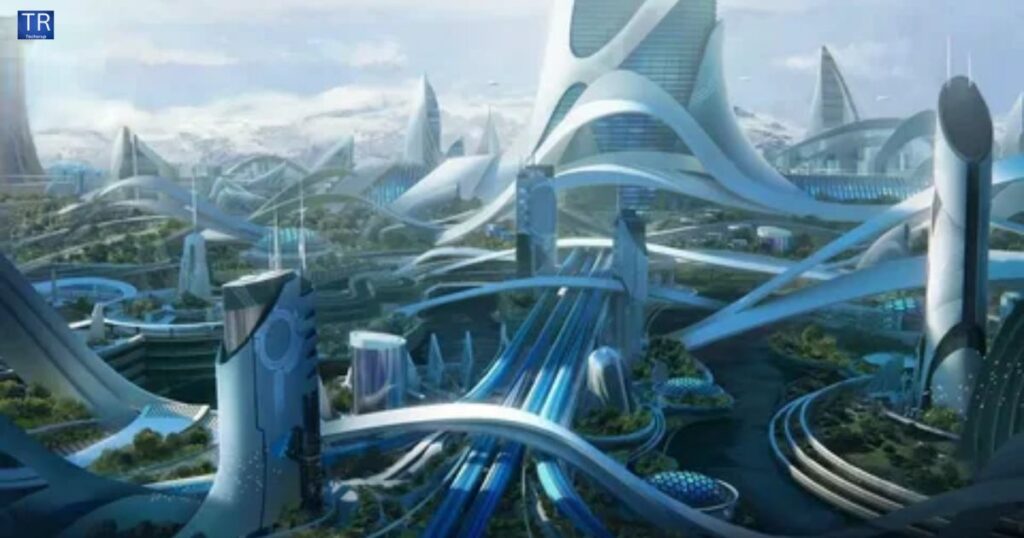
Integration with Virtual Worlds
NFTRandomize will play a key function within the metaverse. it may create specific digital assets for virtual environments.This includes avatars, garb and virtual real estate. Randomized NFTs will decorate the diversity of virtual worlds.As the metaverse grows, it may be important for its development.
Cross Platform Compatibility
Go platform compatibility is becoming more and more vital for NFTRandomize. projects want to operate across unique blockchain networks.This interoperability lets in for broader reach and flexibility.Artists and collectors benefit from a greater connected atmosphere. ensuring compatibility will decorate the user’s enjoyment within the NFT area.
Enhanced Customization
Future improvements in NFTRandomize will permit for extra customization.Artists and collectors may have greater control over the randomization system.They can pick specific parameters at the same time as maintaining a few unpredictability.This flexibility can cause more customized digital belongings. improved customization will enhance the creative possibilities in digital art.
Artificial Intelligence and Machine Learning
Integrating artificial intelligence (AI) and device gaining knowledge of (ML) with NFTRandomize could remodel asset technology.AI can examine patterns and possibilities from customers.This functionality permits for the creation of exceptionally personalized virtual art.Gadget getting to know can beautify the randomness and creativity of generated property. together, AI and ML will push the bounds of what is possible in virtual artwork.
Why is NFT bad for artists?
NFTs can be unfavorable to artists for several reasons. Many artists get hold of only a small percent of the sale price when their work is resold. high gasoline charges associated with minting can reduce their profits.
Additionally, the market is often dominated by some high-profile creators, making it tough for emerging artists to benefit from visibility.This can cause a lack of fair repayment and recognition for their paintings.
Most popular NFT collections
Some of the most famous NFT collections, which have 10,000 particular pixel characters and Bored Ape Yacht membership, are regarded for its 10,000 randomly generated cartoon apes. artwork Blocks offers a platform for generative art, allowing artists to create unique pieces thru algorithms.
Hashmasks combines randomization with personalization, offering 16,384 specific virtual images.Those collections have garnered large interest and excessive resale values in the NFT market.
FAQ’s
How to convert digital art into NFT?
To convert virtual artwork into an NFT, you want to mint it on a blockchain platform using virtual pockets and an NFT marketplace.
What is NFT digital art?
NFT virtual art refers to unique virtual belongings created and traded on blockchain technology, permitting artists to sell their work as verifiable, one of a kind gadgets.
How has digital art changed art?
Digital art has converted the art world by way of allowing new sorts of introduction, distribution, and ownership through technology, mainly with the rise of NFTs.
What is digital art called?
Digital artwork is frequently referred to as digital artwork or without a doubt virtual art.
Final Thought
NFTRandomize is reworking the virtual art and collectibles marketplace.It allows artists to create unique portions thru randomization techniques. How will this innovation shape the destiny of virtual possession?
The benefits of it consist of more advantageous creativity, engagement and scalability.As this technology evolves, it guarantees to foster even extra opportunities for artists and collectors alike.

Charlene J. Newton is an executed writer recognized for her captivating fiction and non-fiction works. With a keen eye for detail and an expertise for crafting attractive narratives, Newton’s writing has garnered crucial acclaim. Her diverse portfolio covers a variety of genres, from concept-provoking literary fiction to insightful non-public essays


